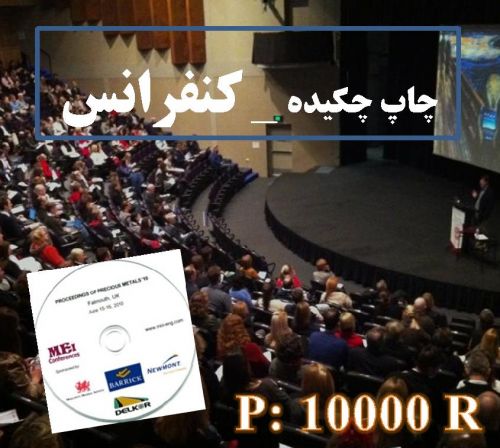Background: Phenylhydrazine (PHZ) is used to induce experimental anemia in animal models. On the other hand royal jelly is known as antioxidant compound. Therefore, here in present study we aimed to evaluate the protective effect of royal jelly on PHZ-induced damages in testicular tissue and compare its impact with vitamin C. Materials and Methods: Eighteen mature male mice were randomly divided into 3 groups. In order to induce experimental anemia, PHZ was administrated at dose of 8 mg/kg, ip and then it was continued as 6 mg/kg, every 48 hours, ip in all groups. The test groups subdivided into non-treated PHZ-received, royal jellyreceived (100 mg/kg, orally) and vitamin C-received (250 mg/kg, ip). After 35 days, the Leydig Cells steroidogenic Activity was evaluated by using special fluorescent staining for intra-cytoplasmic steroid foci and analyzing serum level of testosterone. The spermiogenesis index and germinal epithelium RNA damage were assessed. Finally, tissue levels of total antioxidant capacity (TAC) and total thiol molecules (TTM) were investigated. Results: Observations demonstrated that PHZ resulted in significant (p<0.05) reduction in Leydig cells steroidogenic Foci ratio. Meanwhile, royal jelly enhanced the intra-cytoplasmic steroid accumulation and elevated serum level of testosterone versus nontreated animals. There were no significant differences between vitamin C and royal jelly. Moreover, royal jelly-treated animals exhibited remarkably lower percentage of tubules with damages RNA as well as increased tissue TAC and TTM ratio. Conclusion: Our data showed that royal jelly by enhancing the antioxidant status of the testicular tissue inhibited the PHZ-induced RNA damage and up-regulated the testicular endocrine activity.
کلید واژگان :Phenylhydrazine, Royall Jelly, Vitamin C, Sperm, RNA Damage
ارزش ریالی : 100000 ریال
با پرداخت الکترونیک
جزئیات مقاله
- کد شناسه : 7145685371160181
- سال انتشار : 2014
- نوع مقاله : چکیده مقاله پذیرفته شده در کنفرانس ها(فایل کامل مقاله بارگزاری گردد)
- زبان : انگلیسی
- محل پذیرش : Royan International Twin Congress 15th Congress on Reproductive Biomedicine
- برگزار کنندگان : Reproductive Biomedicine Research Center Tehran, Islamic Republic of Iran
- تاریخ ثبت : 1394/12/11 21:05:11
- ثبت کننده : حجت عنبرا
- تعداد بازدید : 271
- تعداد فروش : 0
